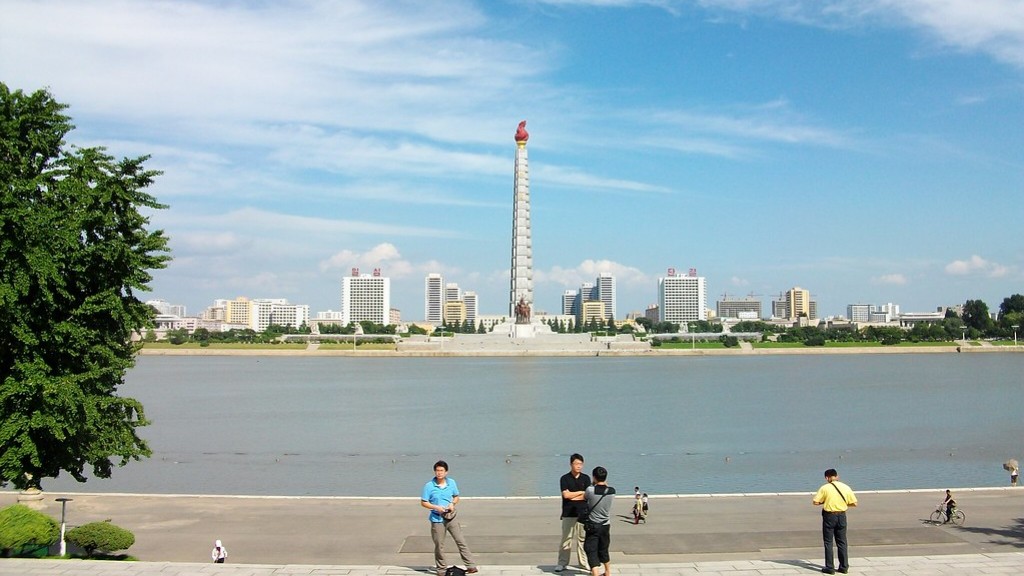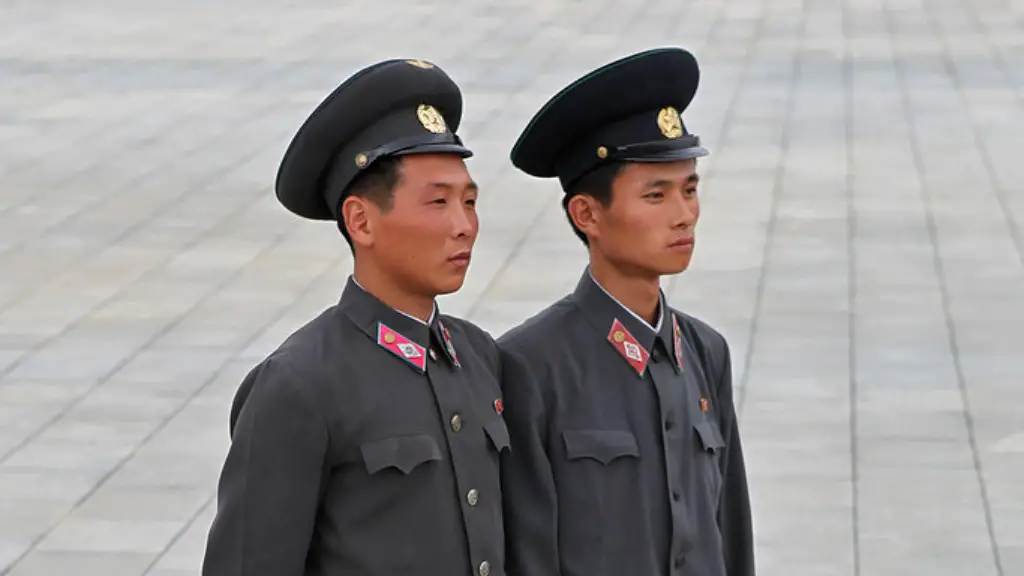Background Information
The United States of America has been locked in a state of tension with North Korea (Democratic People’s Republic of Korea, or DPRK) since the Korean War in the 1950s. North Korea’s totalitarian government, nuclear proliferation, and escalated missile threats against the US and its allies Japan, and South Korea have put the US in a difficult diplomatic spot. Despite ongoing diplomatic efforts, the US and North Korea remain at an impasse – and not just in relation to weapons. In the attempts to resolve this long-term tension, the US calls for North Korea to take constructive steps before there is any renegotiations.
Past Negotiations
The US has been dealing with North Korea’s nuclear capabilities since the Clinton administration. Past attempts at a diplomatic resolution have fallen through. One of the first notable efforts to impose diplomatic measures on North Korea occurred in 1994, when the US and the DPRK signed a ‘Agreed Framework’. However, the ‘Agreed Framework’ failed to bring any lasting peace.
In the Obama administration, Secretary of State John Kerry attempted to reach a resolution in the form of the Joint Plan of Action, the result of a nuclear deal between the US and Iran. However, this deal was unpopular amongst members of Congress and was rejected for leaving out North Korea.
The Trump Administration
Under the Trump administration, foreign policy towards North Korea has shifted. The US has chosen to apply sanctions to North Korea, restrict North Korean financial activities and pursue secondary sanctions. The US has also been trying to get other countries involved, like China, in order to increase the pressure on North Korea, and to make them less likely to carry out attacks, nuclear or otherwise.
However, the US has been criticized for not taking proper diplomatic steps. The US has been accused of making empty threats and running roughshod over the UN Security Council resolutions. President Trump has also repeatedly made comments threatening war with North Korea, which has created a sense of anxiety in the region.
Current Unofficial Policy
Currently, the US foreign policy towards North Korea appears to be a balancing act between aggressive rhetoric and constructive diplomatic measures. While the Trump Administration has taken extreme measures to pressure North Korea, such as leading a UN-backed sanctions regime and pursuing a ‘maximum pressure’ campaign, there has also been rumblings of potential peace deals and negotiations.
The US and North Korea have been looking for an unofficial diplomatic solution, with a few groundbreaking meetings happening between Trump and Kim Jong-un. The two leaders have a strong personal relationship, which has enabled them to bridge the communication gap, even going so far as to exchange letters.
What Does the Future Hold?
It remains to be seen what will come out of the meetings and letters between the US and North Korea. Experts believe that the US and North Korea have the opportunity to set aside their differences and resolve the crisis peacefully. However, due to the unpredictable nature of the situation, it’s difficult to pinpoint the potential outcomes.
On the one hand, Trump’s strongwilled attitude, and his willingness to go head to head with the North Korean leadership, could lead to the strengthening of ties between the US and North Korea. On the other hand, this could also backfire, since North Korea is unlikely to surrender to US pressure.
How is the US Taking a Stand?
The US is taking a total hard line approach to North Korea. It is offering no concessions and is opposed to any military or diplomatic moves to appease the North Korean government. The US is also taking steps to ensure that any North Korean attempts to gain ground are thwarted. This includes enforcing a naval quarantine and threatening military action.
At the same time, the US is also open to a dialogue with North Korea, if it is felt that such talks would benefit the US and bring it closer to its goals. However, the US is looking for North Korea to make the first move, and is demanding that North Korea verifiably commit to denuclearization before any further talks.
North Korea’s Reactions
North Korea appears to be responding cautiously to the US stance. It has indicated that it is willing to sit down for talks, but only if its security concerns are met. North Korea has also refused to accept the US’s imposition of sanctions and other restrictions.
In recent months, North Korea has begun to step up its missile testing in an attempt to put pressure on the US and its allies. North Korean leaders have also hinted that there may now be a “new strategic approach” in the works, although what this entails remains to be seen.
International Perspectives
The US stance toward North Korea has also been met with criticism from international organizations and foreign governments. United Nations Secretary-General António Guterres has publicly stated that the US needs to balance its hard-line policy with dialogue in order to reach a peaceful resolution on the Korean Peninsula. Other countries, including China and Russia, have also suggested that the US needs to change course and take a more conciliatory stance to North Korea in order to make progress and bring peace to the region.
Both sides have made statements that hint at a future of cooperation and it remains to be seen if the two countries will be able to find common ground. The US and North Korea need to find a way to move forward and find a sustainable diplomatic solution to the problems that have been building up for decades – and only then will the situation on the peninsula finally reach a lasting resolution.


